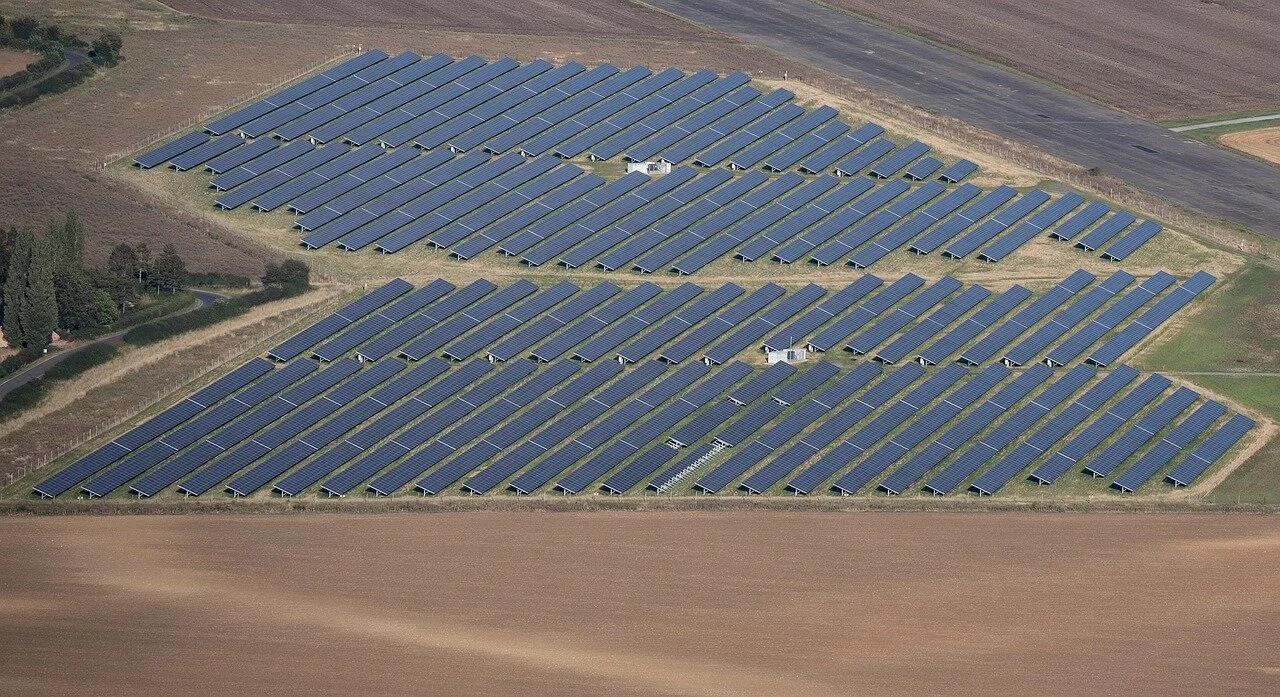Solar now the second-fastest growing renewable technology
Ōtautahi - Solar power generation grew 22 percent in 2019 and is now the cheapest source of electricity in history, according to the International Energy Agency.
As adoption gathers pace globally, innovative projects are coming to the fore. A reservoir in the Swiss Alps is home to the world’s highest floating solar farm.
In Canada, a solar farm is being built in a remote community above the Arctic Circlewhile canals in India are being turned into solar farms to save land for living and farming.
Solar power is now the cheapest source of electricity in history, according to the International Energy Agency. Solar is the second-fastest growing renewable technology, behind wind power.
As adoption gathers pace, three big projects are pushing the boundaries of solar energy capabilities.
A cold mountain sounds like an unlikely hotspot for solar energy.
But think of all that white snow and ice – and the sunlight bouncing off it. This reflective ability of light surfaces is called the ‘albedo effect’ – and is why a solar farm in the Swiss Alps is able to produce as much solar radiation as in the desert.
On Switzerland’s border with Italy, more than 1,800 metres above sea level, Lac des Toules reservoir is home to the world’s highest floating solar farm.
It can produce 50 percent more power than lower-altitude plants because of stronger solar radiation, according to Romande Energie, the Swiss power company behind the project.
Next year the company plans to expand the farm’s panel capacity to generate 22 million kilowatt hours – equivalent to the average consumption of 6100 households.
Eighty miles north of the Arctic Circle, another pioneering solar farm project is being developed in the mountainous Yukon territory of northwest Canada.
Old Crow, a remote community of around 300 people that can only be reached by air, hopes its new solar installation will avoid having to burn 200,000 litres of diesel fuel a year to provide electricity.
More than 2000 solar panels have been installed alongside the community’s airstrip to maximize long daylight hours and the trajectory of the Arctic summer sun.
Once fully operational, the expectation is that the solar farm will cut greenhouse gas emissions by 680 tonnes of CO2 a year.
On the other side of the world, India has abundant sunshine – but finding land to build solar farms here is expensive and challenging.
It is one of the world’s most densely populated countries, and land is needed for living and farming. Canals in India are providing a clever solution. Solar panels are being mounted on top of irrigation canals to bring electricity to rural areas. They have the added bonus of reducing evaporation from the canals, which carry water to farmlands.
India has around 120 major canal systems. Major markets like the US, China and the EU will help solar power add around 125GW of capacity per year from now until 2025.
Scaling up climate action is a key theme of the World Economic Forum’s virtual sustainable development impact summit which ends on Friday.















Lisa was born in Auckland at the start of the 1970s, living in a small campsite community on the North Shore called Browns Bay. She spent a significant part of her life with her grandparents, often hanging out at the beaches. Lisa has many happy memories from those days at Browns Bay beach, where fish were plentiful on the point and the ocean was rich in seaweed. She played in the water for hours, going home totally “sun-kissed.” “An adorable time to grow up,” Lisa tells me.
Lisa enjoyed many sports; she was a keen tennis player and netballer, playing in the top teams for her age right up until the family moved to Wellington. Lisa was fifteen years old, which unfortunately marked the end of her sporting career. Local teams were well established in Wellington, and her attention was drawn elsewhere.